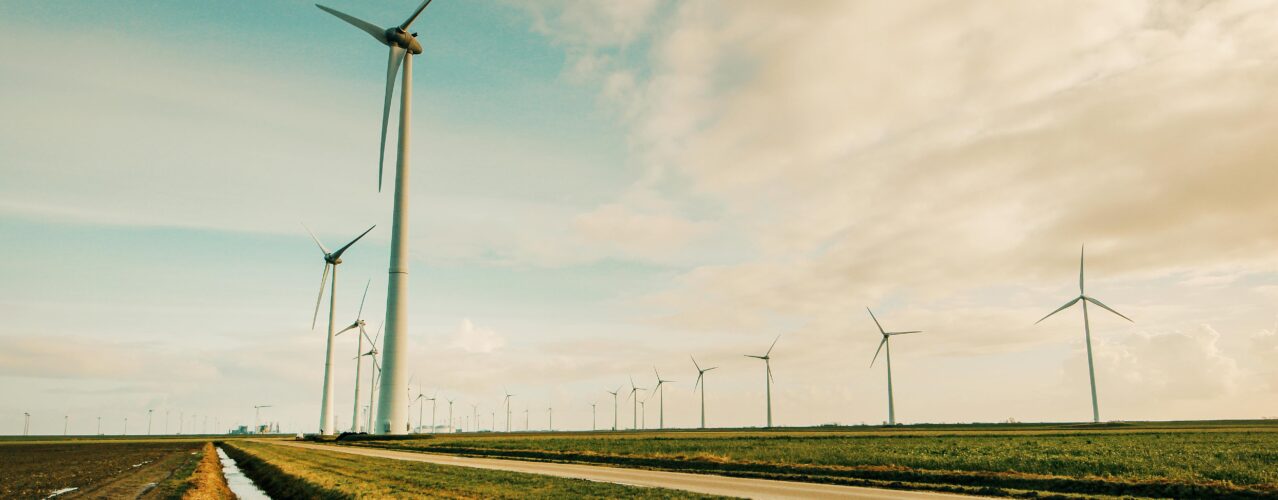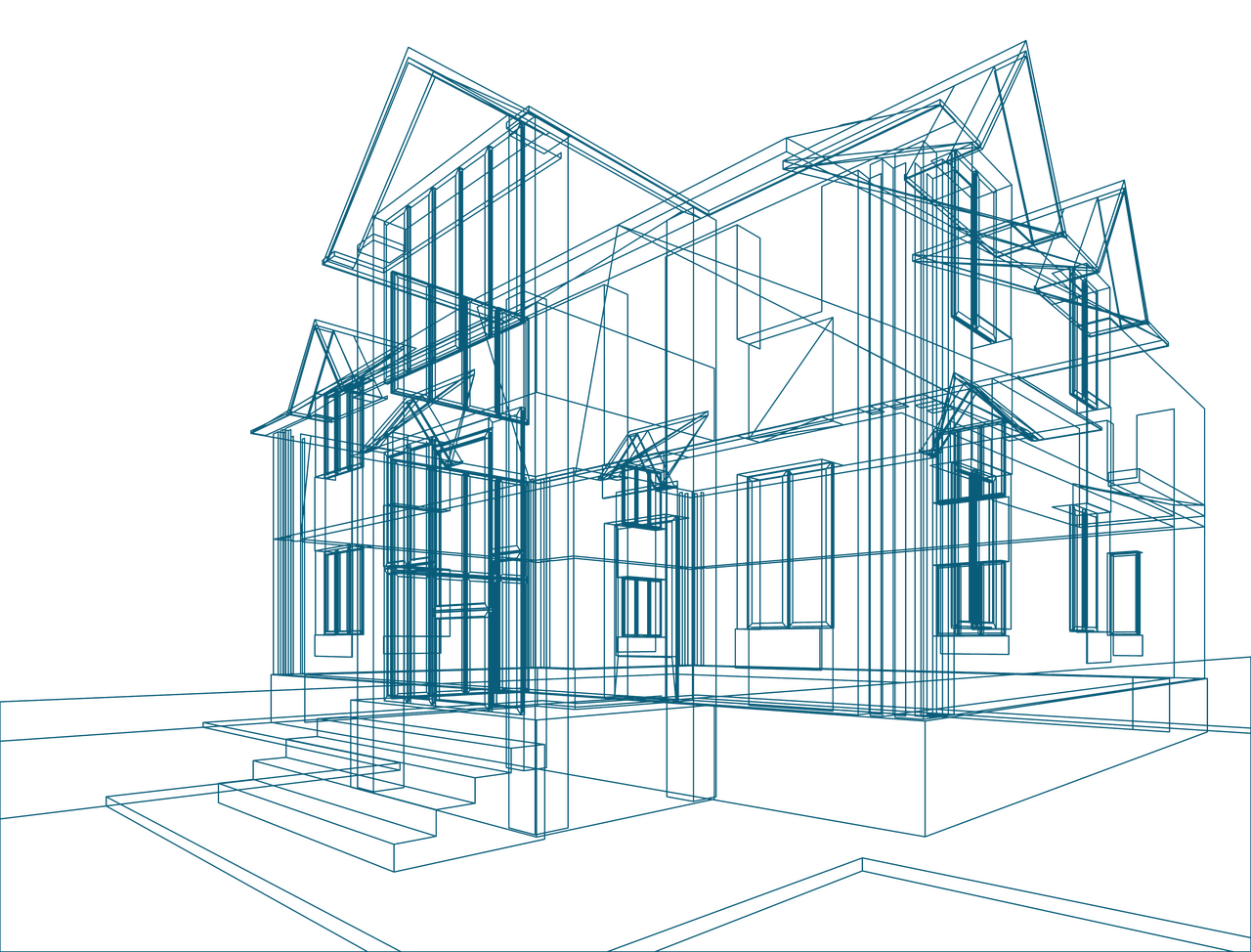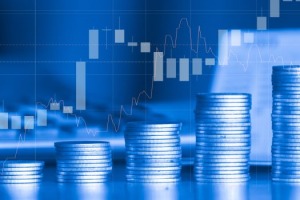

Market report
Sustainability in installation industry
Discover sustainable practices in the installation industry. Learn how eco-friendly solutions can enhance efficiency and reduce environmental impact.
Blogs I published 14 July 2025 I Dirk Hoogenboom
Wired for Change – Sustainability and Electrical Installation
The shift didn’t come with a memo, but through practicality and demand. Maybe it started with a client asking about PV panels. Or a wholesaler pushing smart meters. Or a tender mentioning sustainable certification and it was finally time to Google what that actually meant.
No matter how it showed up, we saw all too quickly that sustainability was no longer a niche export. It’s integrated into specs, supply chains and the future (of) work. And – ready or not – the electrical installation trade found itself right in the thick of it.
Here’s what’s changing, what installers across Europe are doing and what it means for their daily practices.
Installers Aren’t Waiting Around
A quick snapshot of the European market already tells us what’s really going on in the field:
- over half of installers are working on projects that include some form of sustainable solution
- Germany saw the biggest growth in sustainable project integration – up 11 percentage points since 2022
- Spain and the Netherlands lead with the highest share of sustainable project penetration at 53% and 52% respectively
- France and Germany trail behind at 41% and 37%, though both are catching up fast
So, yes, the transition is underway. Sustainability is now – and will continue to be – a professional installer’s day-to-day, accounting for far more than buzzword bingo. They’re delivering smarter energy use, efficient buildings and navigating compliance with tightening rules.
What Actually Counts as Sustainable?
Ask installers what sustainable means and you’ll hear one answer over and over – energy efficiency. That’s the top interpretation across the board. In Germany, France and Belgium, it ranks as the top interpretation among professionals, cited by 35–46% of respondents. Spain and the Netherlands are more fragmented, showing less consensus.
But what, then, is actually being installed? The top 3 sustainable installation products are LED lighting – still king, with penetration over 90% in most countries – Photovoltaics (PV), widely adopted – especially in Germany, the Netherlands, and Spain – and energy management systems, rising quickly as clients get savvier. In Germany and the UK, PVs are now the #1 installed sustainable solution when clients ask for green alternatives.
The Rising Stars: What’s Gaining Ground Fast
Beyond the usual suspects, a few fast movers are showing up in installer portfolios. It’s battery storage (especially alongside PV), used by 75% of UK and 76% of Spanish installers, EV charging systems (expanding rapidly in Germany, UK and Netherlands), plus home automation and smart control systems, above 50% penetration in Netherlands and Spain.
Trusted Brands: Who’s Leading the Charge?
When asked which brands lead on sustainable solutions, preferences vary. Schneider Electric leads overall, especially in the UK and Spain, Legrand dominates France with 73% of recall, ABB takes the lead in Netherlands, while Hager is top of mind in Germany.
Installers clearly associate sustainability with established players who’ve invested in product transparency and innovation.
Client Demand vs. Willingness to Pay
Everyone’s talking sustainability, but not everyone is as keen on opening their wallets to it. Installers report that end users ask for sustainability more often than commercial clients, but in Germany and France, both groups are still largely unwilling to pay more for them. Spain and the Netherlands show more promise, with over a third of clients both asking and showing willingness to invest in green options.
So, you can’t really say there’s no interest or intent, but budget pushback is a conversation starter… and ender.
Installers Want Help – For the Most Part
You’d think with new regulations and product options changing year-in-year-out, training demand would be sky-high. Not quite.
In Spain (36%) and Belgium (37%), installers openly say they need support, training or product advice. As for the rest, more than 50% say they don’t need help, despite clearly showing low familiarity with critical concepts (EPDs, material passports, sustainability certifications).
So it’s safe to say many are figuring it out as they go. That’s not sustainable yet, but is better than no commitment.
The Knowledge Gap Is Wider Than It Looks
On that topic, fewer than 25% of installers in most markets can confidently explain what an EPD is and “better known” terms like sustainability certifications are only understood by 30–50%, depending on the country.
Smaller Firms Lag Behind on Sustainability
Company size is something to take notice of as well. Larger firms (15+ FTE) are more likely to integrate sustainability into projects – 55% of them do so, compared to just 44% among small firms (1–4 FTE). Access to resources, training and pressure from larger clients could explain the gap, but it’s worth noting for those building or leading smaller teams.
What’s Holding the Sector Back?
Three things keep popping up.
1. Lack of clarity around terminology
Again, installers know what energy efficient means. But terms we’ve just covered – like circularity, material passport or EPD – aren’t that well understood, and this non-perception limits smarter and more efficient decision-making.
2. Cost hesitation
Even when clients like the idea, costs remain the top barrier. If products come with a price bump and no clear payback, most opt out.
3. Limited influence
Installers often don’t drive the final call. Decisions on product choice, budget and specs often come from up above – architects, clients or contractors.
But that doesn’t mean their voice doesn’t matter. In fact, it’s the installer who’s often the gatekeeper when it comes to selecting and fitting tech that actually meets sustainability goals.
Conclusion
There’s no need, nor a realistic chance, to overhaul the whole business overnight. But keeping up goes a long way. That means understanding sustainable options beyond LEDs, knowing the difference between marketing and actual compliance, while helping clients see value – not just cost. It’s not a simple ask, but it’s what the push requires.
The tech and the policies are moving fast, and knowing what qualifies as sustainable is going to define your relevance in future tenders and projects.
Want a closer look at what’s changing or help your team navigate client questions about sustainability? We’ve put together tools to help – webinars, news updates and reports on sector trends that are feeling the momentum rise, broken down country-by-country.




